
Do you have a question about the Infortrend EonStor GS Series and is the answer not in the manual?
| Model | EonStor GS Series |
|---|---|
| RAID Levels | 0, 1, 3, 5, 6, 10, 30, 50, 60 |
| Drive Size | 2.5-inch, 3.5-inch |
| Supported Protocols | iSCSI, Fibre Channel |
| Maximum Capacity | Up to several petabytes (depending on configuration) |
| Form Factor | Rackmount |
| Drive Support | SAS, SATA |
| Host Interface | iSCSI, Fibre Channel, SAS, Ethernet |
| Controller Configuration | Dual active-active controllers |
| Operating System Support | Windows, Linux, VMware, macOS |
| Interface | SAS, SATA, iSCSI, Fibre Channel, Ethernet |
| Drive Bays (Number) | 12, 24, 60, 80 (depending on model) |
| Power Supply | Redundant Power Supplies |
| Cooling | Redundant Fans |
| Management Interface | Web-based GUI, CLI, SNMP |
Procedure for updating the storage system firmware for new features and bug fixes.
How to monitor and interpret hardware component LED statuses for troubleshooting.
Process for monitoring GS status using EonOne and troubleshooting with Service Guide.
Steps to monitor drive status and maintain drives based on their status.
Steps to monitor pool status and maintain pools based on their status.
Steps to monitor volume status and maintain volumes based on their status.
Checking status for file-level, block-level, and management network interfaces.
Procedure for replacing faulty hardware components like drives, controllers, PSUs, etc.
Details network architecture, feature setup, trunk group, SMB Multi-Channel, and Jumbo Frame.
Management processes for drive, pool, volume, shared folder, and user/user group.
Outline of the policy and process for expanding the GS storage capacity.
Covers data services like Rsync, Remote Replication, SSD Cache, Snapshot, etc.
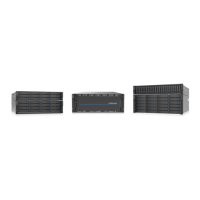
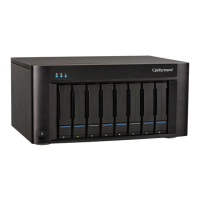

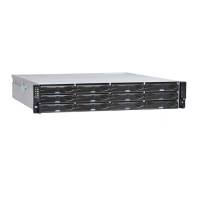
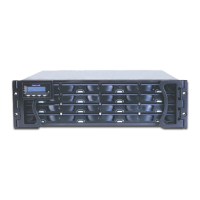



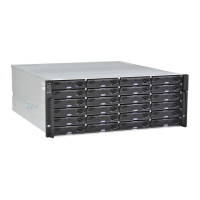
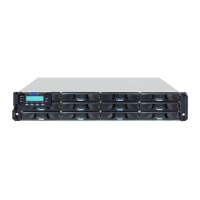
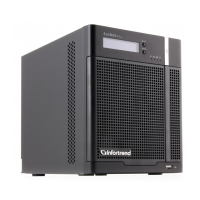
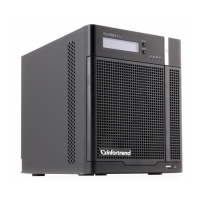
